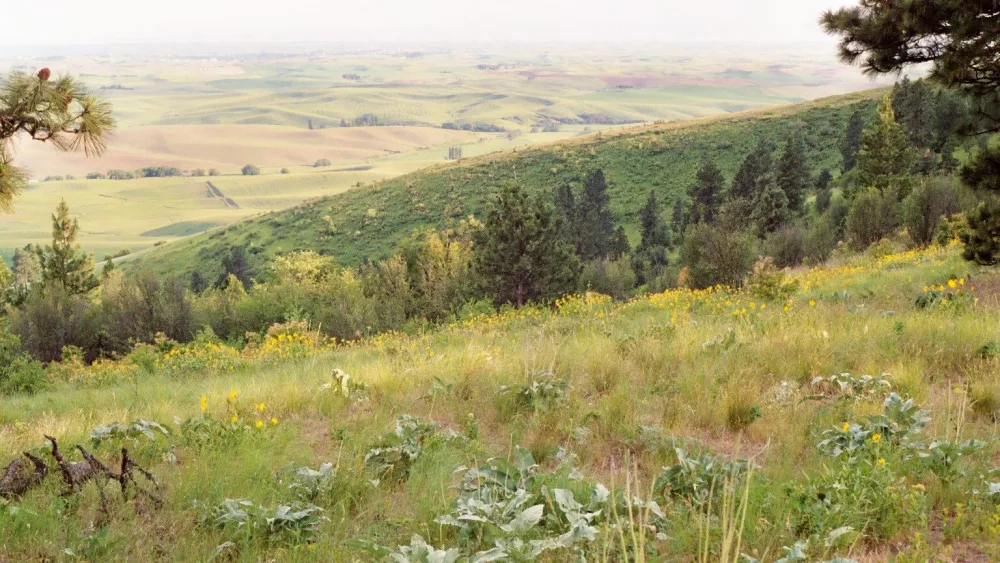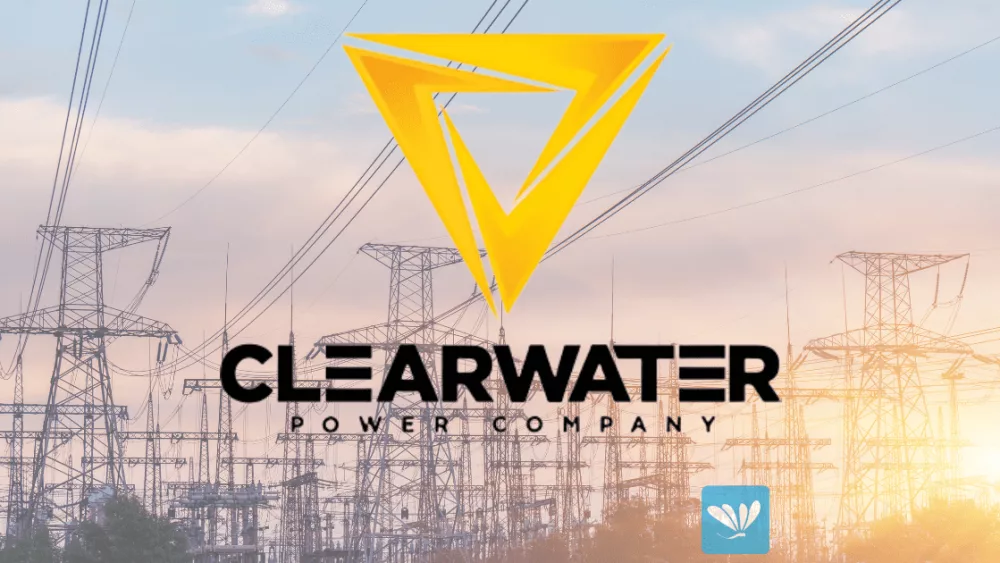Although Washington state is not in the eclipse’s path of totality, the moon will still appear to cover a portion of the sun. How much so will depend on the location of the viewer. A partial solar eclipse viewing party will be hosted by the Physics and Astronomy Club from 10:37 a.m.–12:32 p.m. at the Jewett Observatory on the WSU Pullman campus.
Below is a list detailing the maximum percentage of the sun that will be covered by Monday’s eclipse for Cougs across the Washington State University system.
- Vancouver: 22.1% at 11:26:00 a.m.
- Everett: 19.77% at 11:30:03 a.m.
- Tri-Cities: 26.02% at 11:30:57 a.m.
- Pullman: 28.48% at 11:34:06 a.m.
- Spokane: 26.71% at 11:35:05 a.m.
A solar eclipse happens when the moon passes between the sun and the earth, blocking some or all of the light cast on the earth’s surface for a brief period of time.
The center of the moon’s shadow, the place where the sun’s light is completely blocked, can be relatively small, sometimes only 50 miles wide, according to NASA. As the moon, the sun and the earth all move, the center of the shadow will travel across the earth’s surface, creating what scientists call the path of totality.
The path of totality of Monday’s eclipse will stretch from Central America to Canada, passing through Texas, Oklahoma, Arkansas, Missouri, Illinois, Kentucky, Indiana, Ohio, Pennsylvania, New York, Vermont, New Hampshire and Maine.
However all of North and Central America will be able to see at least a partial eclipse, according to Space.com.




